Straddling 14 islands and criss-crossed by 50 bridges, stately Stockholm is defined as much by the water as it is the land. Routinely dubbed “the Venice of the North” Sweden’s stately and water-laden capital is wrapped around Lake Malaren’s outflow into the Baltic, extended by a sprawling archipelago of 30,000 islands stretching nearly all the way to Finland. The sea powers its Stockholm’s arteries.
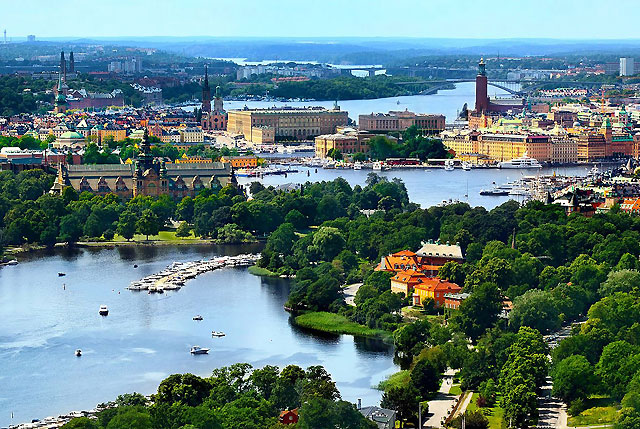
The intermingling of land and water – the skerries fringing the coast, the crags thrusting up from the sea, and the intricate cobweb of canals the city, underpins its striking elegance. It’s an irresistibly photogenic city from every angle. I noticed the locals enthusiastically call Stockholm a “levande stad,” meaning “living city”, in deference to the huge concentration of inner-city residents, adding to its urban buzz.
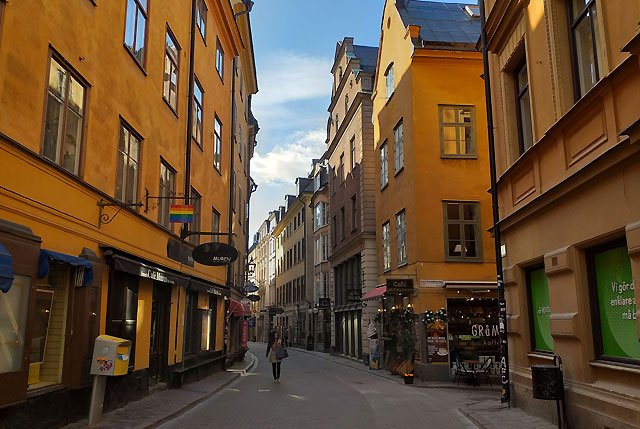
I was up at day break to feast on the radiant good looks of the old town, sans the crowds. The day had dawned crisp and clear as I made my way to Gamla Stan, where originally the whole city was contained on this island. Dating from the 1200s and crammed with landmarks, Gamla Stan drips with history. The long and narrow cobbled lanes, flanked by colourfully-painted medieval townhouses, spanning five-storeys, radiated in the morning light, as shafts of sunlight illuminated proceedings. The colour palette of the buildings ran the gamut from butter and chilli to mint. Strolling through this atmospheric labyrinth of winding lanes in the morning calm is soothingly evocative. But don’t leave it too late, by 10am, they are swarming with tourist hordes.
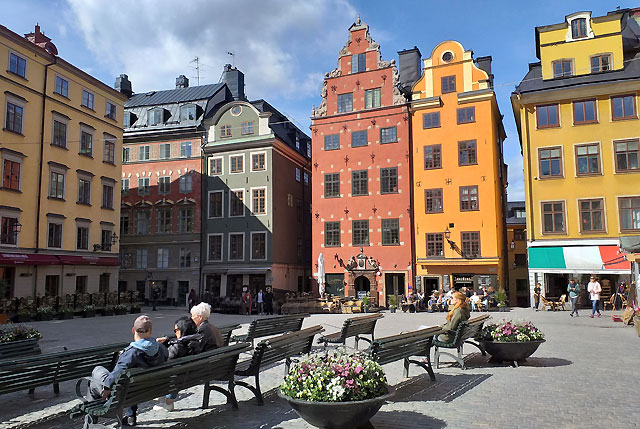
Mysterious cellar vaults and ancient frescoes lurking behind picturesque facades accentuate its storybook optics. Highly ornate Stockholm Cathedral speaks to Sweden’s influential regional role in overcoming Catholicism to evolve into a Protestant state, as did much of Scandinavia. Gamla Stan is also home to the Nobel Prize Museum, where you can ponder all the illustrious award recipients and their global contribution to humanity’s advance.
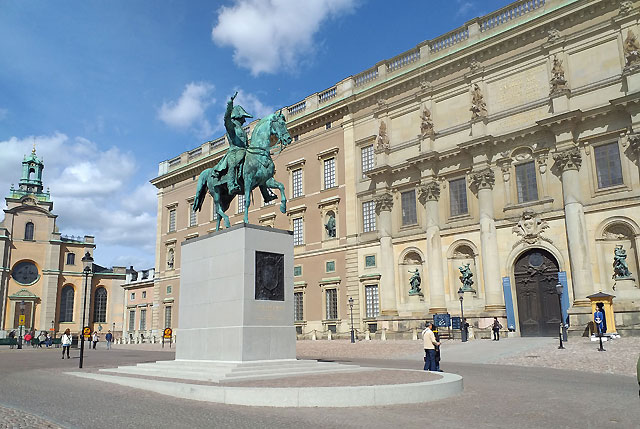
But I concentrated most of my time on the Royal Palace, strategically located on the harbour’s edge, fronting Gamla Stan. You could easily consume an entire day pouring over the royal trappings, at the official residence of the King of Sweden, which comprises five distinct museums. Boasting over 600 rooms, it’s one of Europe’s largest palaces, offering a rich taste of the once mighty Swedish Empire.
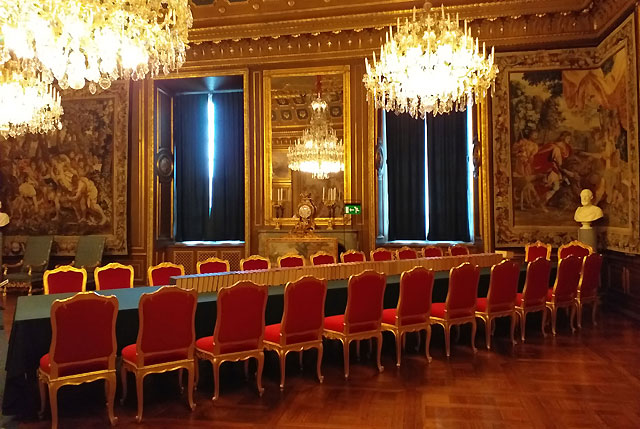
Dating from the 18th century, this Italian Baroque palace succeeded the “Tre Konor” castle which dramatically burned down in 1697. There’s a great exhibit highlighting the desperate bid to salvage the state’s treasures, as the inferno took hold. Jewel-encrusted swords, silver thrones, low-hanging crystal chandeliers and gold-embellished coronation carriages are just some of the flourishes of royal bling that I admired, as I meandered through the lavish reception rooms and dived into the Royal Armoury. Changing of the Guard and regular military parades are staged daily, delivering a crowd-pleasing pomp and pageantry.
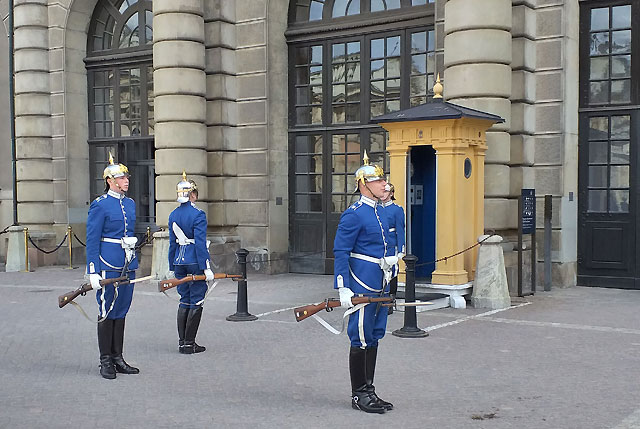
Nestled at the water’s edge and topped by three golden crowns, Stockholm’s dusk-red bricked City Hall is quite the poster child for the Swedish capital, but in addition to its eye-grabbing exterior, the showpiece halls inside are even more captivating. Dating from 1923, the prestigious annual Nobel Banquets are held here. Dinner is served for Nobel recipients in the divine Blue Hall before the formal ball swings into life in the gleaming Golden Hall, wrapped in the twinkling wonder of 18 million golden mosaic tiles. It’s a gob-stopping spectacle.
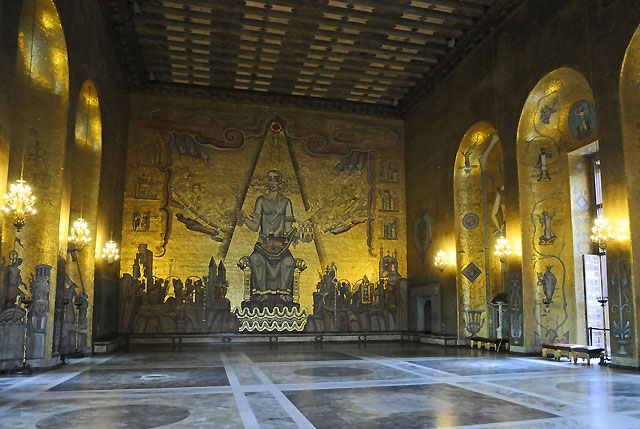
But the traffic-stopper to beat them all is the Vasa Museum. A bevvy of museums are clustered on Djurgarden Island, but the chance to eye-ball a rescued 17th-century warship, which spectacularly capsized on its first outing, was my runaway city highlight. It is Sweden’s homegrown Titanic tragedy. The gigantic 69-metre-long wooden vessel, lavishly adorned in hundreds of decorative carvings, sank on its maiden voyage in Stockholm Harbour in 1628. It was the pride and joy of the Swedish Empire, projecting the King’s all-conquering ambitions, as he sized up seizing Poland.
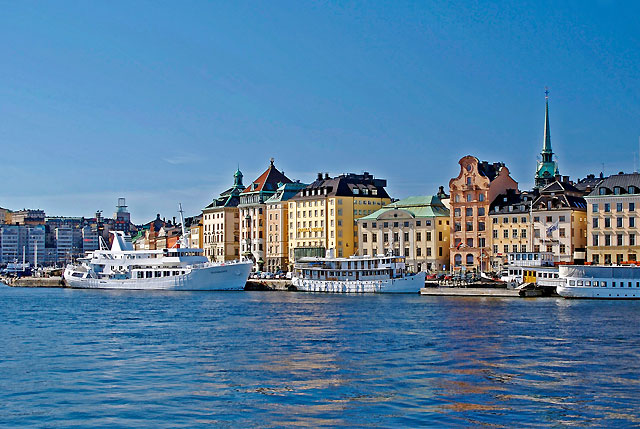
Imagery borrowed from Mediterranean antiquity dominates the motifs, but also include figures from the Old Testament and even a few from ancient Egypt. But the vanity project of the Vasa had a fatal design flaw.
Heralded as the ultimate warship, it was laden with an extra row of bronze cannons, making it extremely heavy and unstable. Moments after setting sail, a gust of wind upended the maritime monster, turning it on its side, flooding the lower gun deck and it sunk to the bottom of the harbour, claiming dozens of lives.
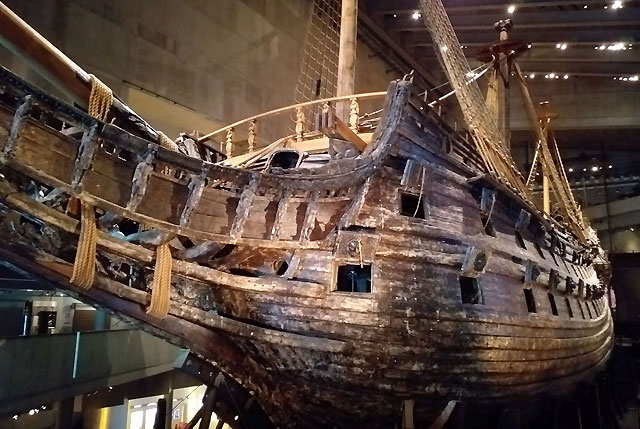
The catastrophe played out in full view of a crowd thousands, including foreign ambassadors. 333 years later, the Vasa was discovered and salvaged from the depths of the harbour, in 1961. Although the Vasa was in surprisingly good condition after the remarkable salvage operation, it would have quickly deteriorated if the oak timber hull had been simply allowed to dry.
Similar to the Mary Rose, Vasa was sprayed with polyethylene glycol for 17 years, followed by a long period of slow drying which continues to this day. The ship has been methodically restored to a state approaching its original glory. More than 95% of the ship is original. The three masts on the roof outside the specially built museum show the height of the ship’s original masts.
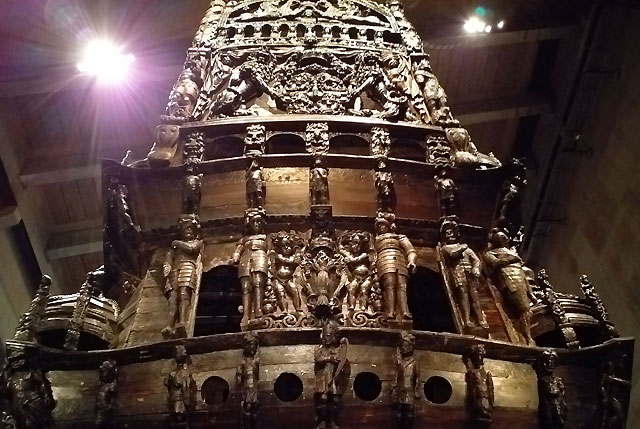
A purpose built museum was created to display this staggering ship. It’s height and heft – and those exquisitely carved sculptures are absolutely breath-taking. The museum does a sterling job walking you through the lives of its passengers, the ship’s rescue operation and how it’s been so well preserved.
For a complete change of scenery, the quirky Museum of Spirits is situated nearby on Djurgarden, showcasing Sweden’s big drinking culture. That might sound rather lush, but the Absolut Art Collection is a real head-turner, containing nearly 900 artworks, portraying the Absolut Vodka bottle. The first piece commissioned was Andy Warhol’s Absolut Warhol, in 1986. Since then, all manner of luminaries has pitched in, including Damien Hirst and Tom Ford.
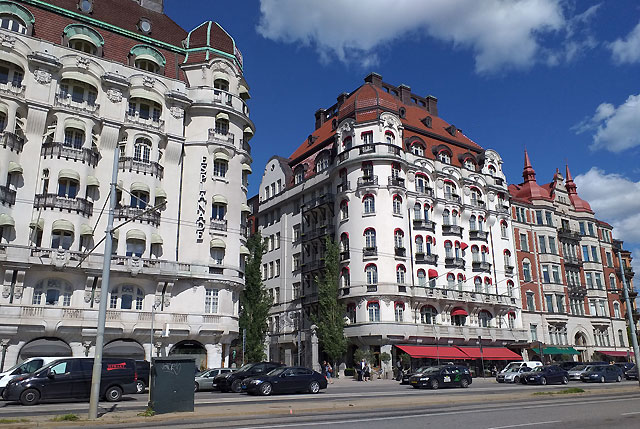
But for glitz and glam glitter-ball escapism, all roads lead to the Abba The Museum. I thought the cringe-factor would be off-the-charts, but those tech-savvy Swedes have created an absorbing, interactive experience to lionise the nation’s biggest musical export. This tribute museum is chock-full with all the gold discs, chunky platforms and quirky memorabilia you could imagine. The interactive wizardry allows you to perform on stage alongside Abba and dress up in virtual versions of some of the group’s most outrageous sparkly numbers. Dare I admit it, you’ll have ‘Dancing Queen’ spinning in your head, for hours afterwards.
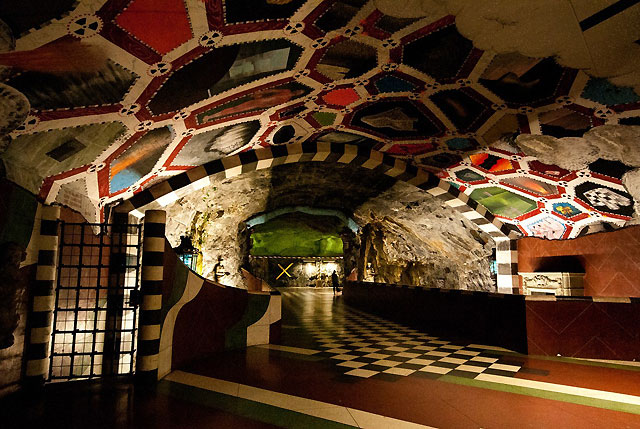
Also on the cultural front, delve into Stockholm’s metro system, the Tunnelbana. It’s a subterranean world of eye-popping art, dubbed the world’s longest art gallery. Carved out of rocks, the cavernous surrounds have been vividly brought to life, with over 90 of the 100 stations adorned with sculptures, mosaics, paintings and installations. It’s a revelation to rival Moscow’s art-filled metro. Don’t miss feasting your eyes on Stockholm Public Library, a shrine to literature, headlined by its three-level iconic cylindrical reading tower.
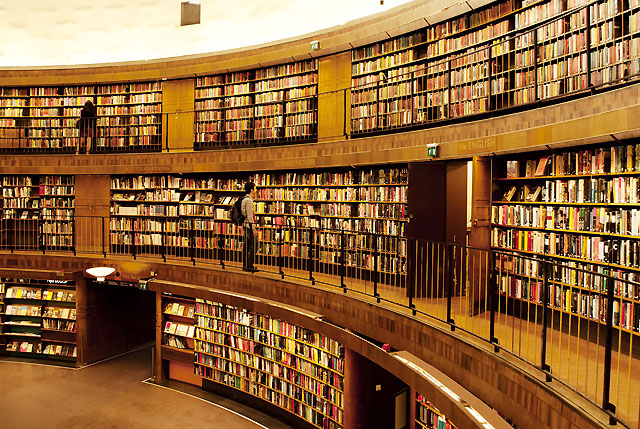
Across the bridge from Djurgarden, I lapped up the waterfront sunshine along the salubrious promenade flanking Östermalm , the city’s swanky and most exclusive district where international labels rub shoulders with high-class designer Scandinavian chic. It’s also home to the Grand Hotel which is one of the best places to savour that celebrated Swedish tradition, the smorgasbord lunch – the biggest meal of the day. Not only is the meal steeped in tradition, but you’ve got a spectacular setting across the bustling harbour.
Along with Swedish meatballs, the smorgasbord is one of Sweden’s best-known culinary exports. At the beginning of the 18th century, when Swedes began receiving visitors from across Europe, they didn’t want to make their guests wait to eat. So they served guests cold foods (like salted fish, sandwiches and salads of boiled potatoes) that could be prepared ahead, before serving them cooked dishes. In the 20th century the smorgasbord was popularised across the world as serve-yourself buffets in restaurants.
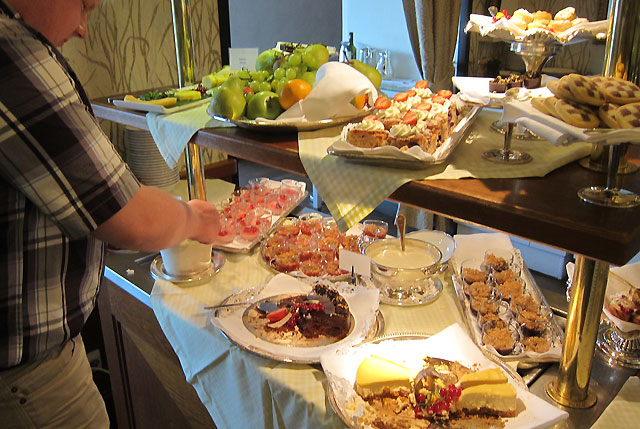
A traditional Swedish smorgasbord begins each of five courses with a clean plate, highlighting local delicacies. Fish is never eaten with meat. In the Veranda Restaurant of the Grand Hotel, my first plate comprised a choice of herring dishes, new potatoes, crisp breads and cheeses. Next up, a dry-cured spiced salmon (gravlax) served with dill and mustard sauce. Then came cold salads, egg dishes and charcuterie (sausages, ham and pates) before the hot dishes, headlined by meatballs with lingonberry jam. These charming red berries taste similar to cranberries. Swedes will slather meatballs, steak, spuds and even porridge with these berries.
Wherever you choose to devour smorgasbord, which is typically served at 12 noon sharp, you may well notice that desserts generally don’t feature. That’s because Swedes love their mid-afternoon coffee and cake ritual. They’ve even come up with a verb for it – Fika. To “fika” is to drink coffee and eat sweet treats, traditionally Kanelbullar, Swedish cinnamon buns. To fika is to speak my language! Also for sweet tooths, most Stockholm bakeries proudly tout princess cakes. Comprising a thin sponge with jam, cream and berries, it’s cloaked in a thick blanket of green marzipan and topped with a decorative rose. The amount of cream and sugar involved is borderline offensive, but man they taste good!
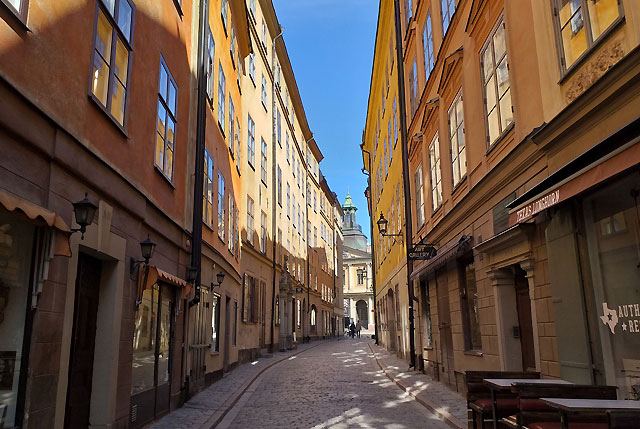
However you opt to dive into Stockholm, you’ll struggle to part with any cash. Stockholm has become virtually cash-free, with most retailers only accepting payments by card. My credit card got quite the workout! https://www.visitstockholm.com/
In the heart of Stockholm’s fashionable Södermalm District, the Clarion Hotel is a flavourful design hotel, loaded creature comforts and edgy art. Booking.com research increasingly shows that Kiwis love staking out distinctive accommodation experiences and this contemporary, social-centric and design-focused Stockholm property ticks all the boxes.
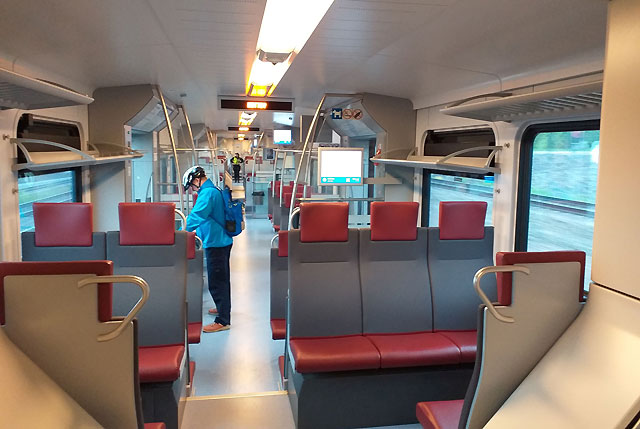
Rail Europe has all your rail needs covered across Sweden and Scandinavia. Whether you want to pre-purchase a Eurail Pass, Scandinavia Pass, point-to-point tickets, or make seat reservations in advance, Rail Europe are the experts in great rail travel. The six-hour high-speed service between Stockholm and Copenhagen is a classic inter-country ride. www.raileurope.co.nz
Qatar Airways, the Skytrax Airline of the Year, fly non-stop between Doha and Auckland, one of the world’s heroic ultra-long haul routes. QSuite has just been launched on the Auckland service, delivering first-class luxury to the Business Class cabin, including double lie-flat beds and private sliding doors. Beyond Doha, Qatar Airways flies to over 160 destinations worldwide including Stockholm. www.qatarairways.com

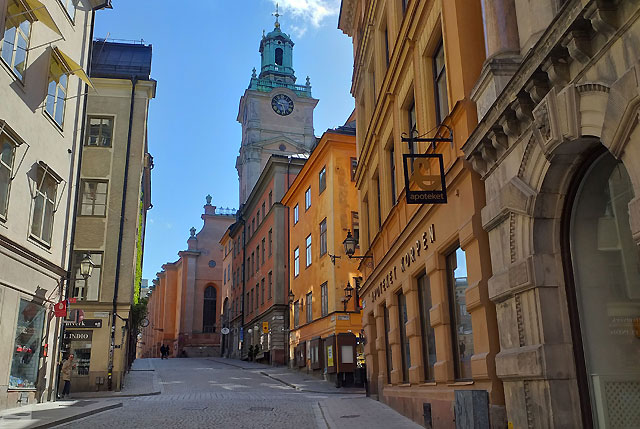
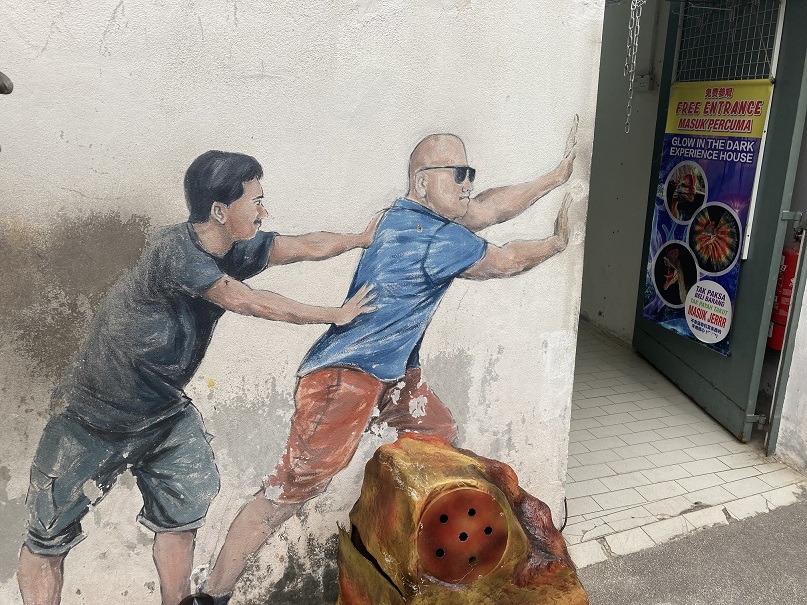
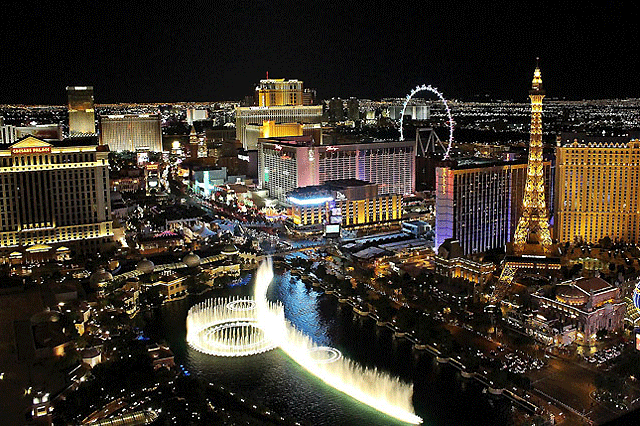

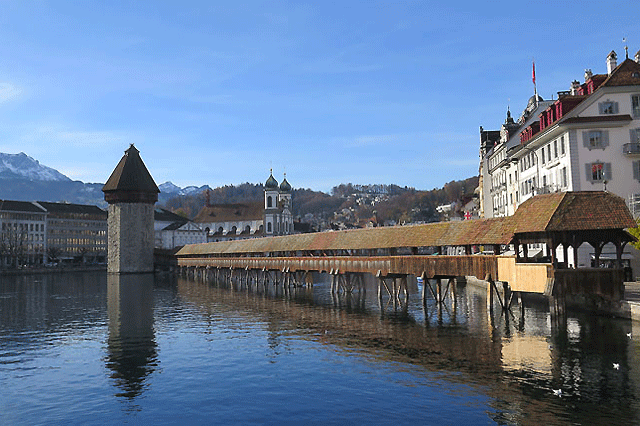
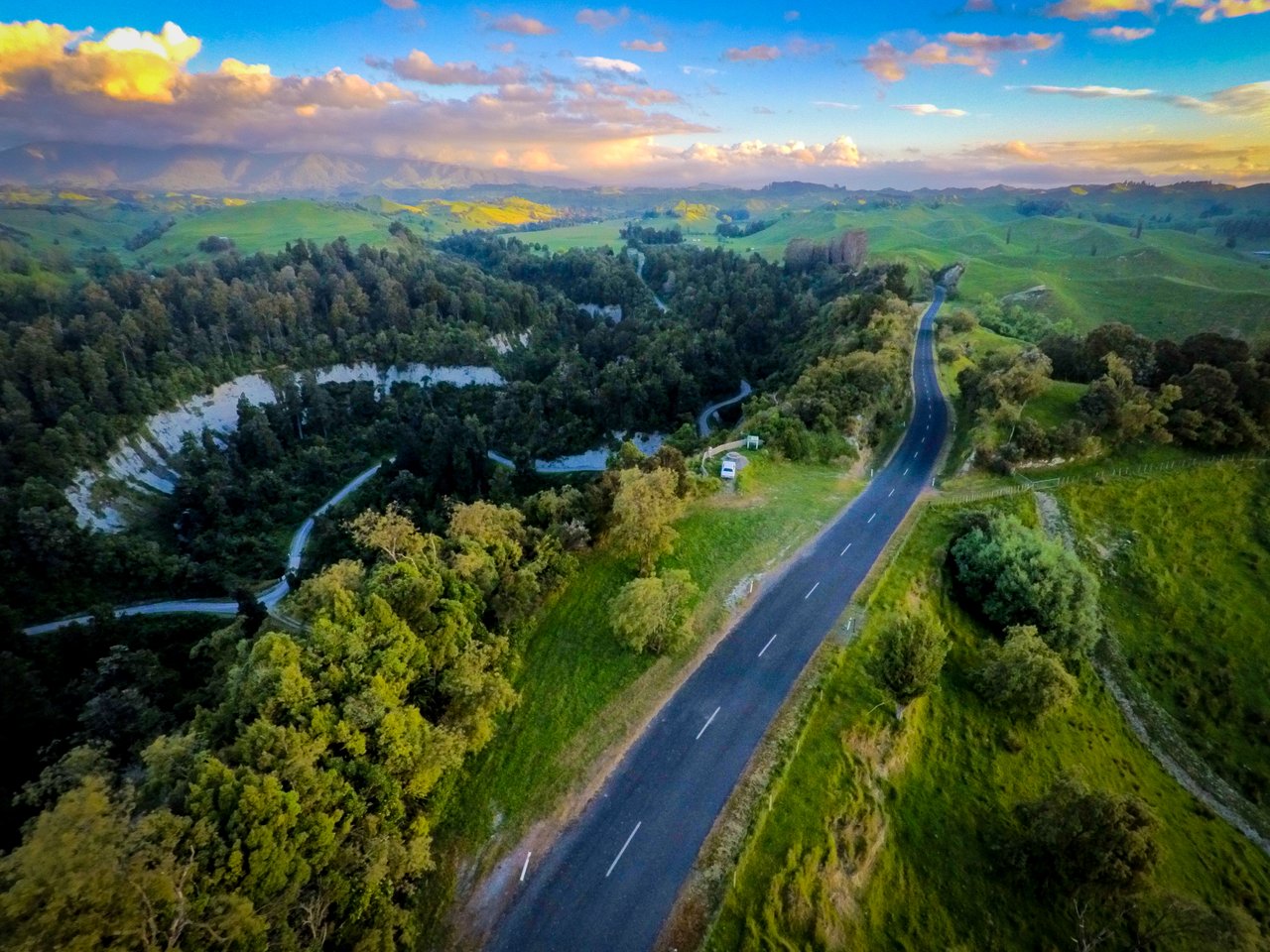

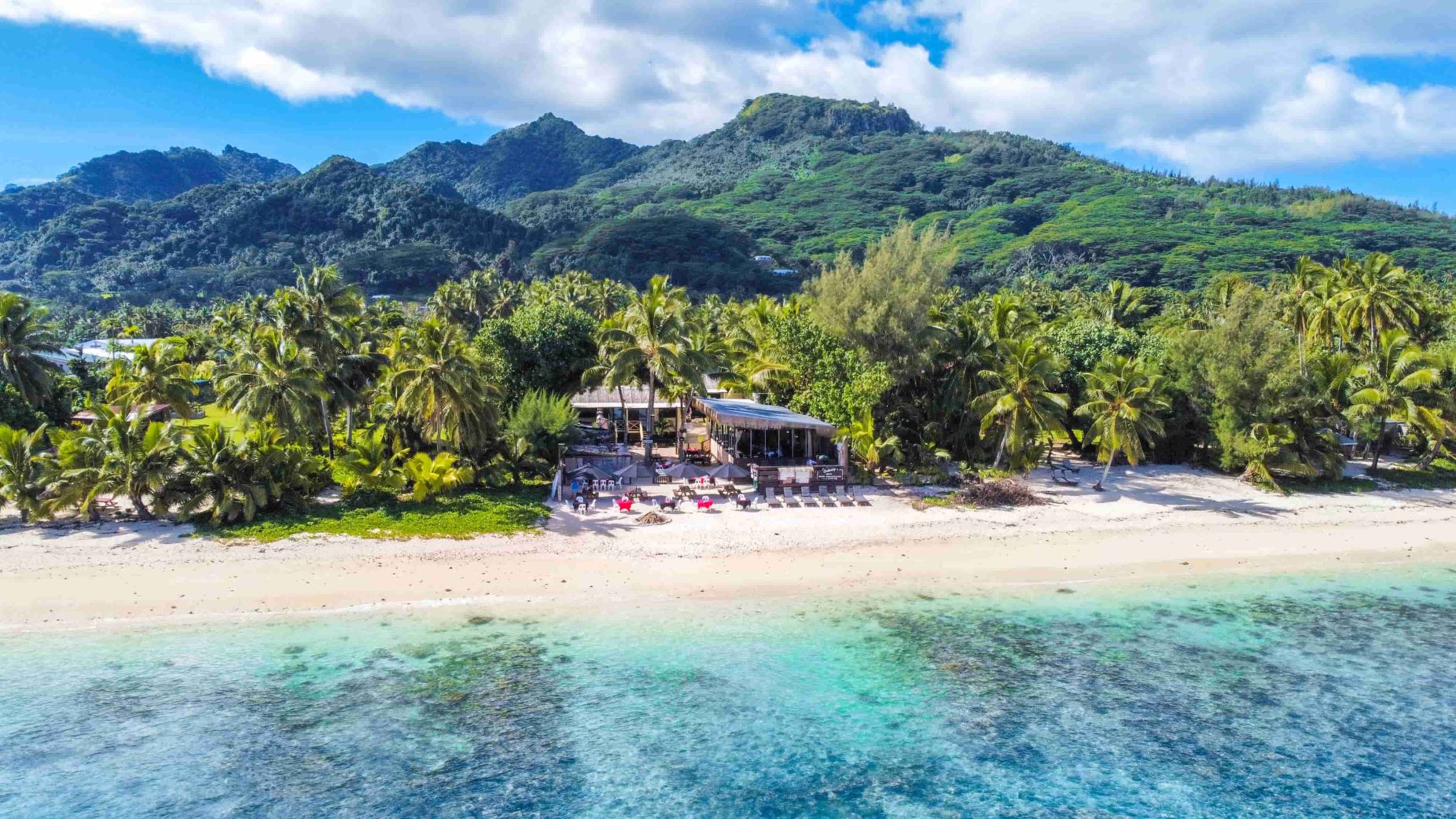
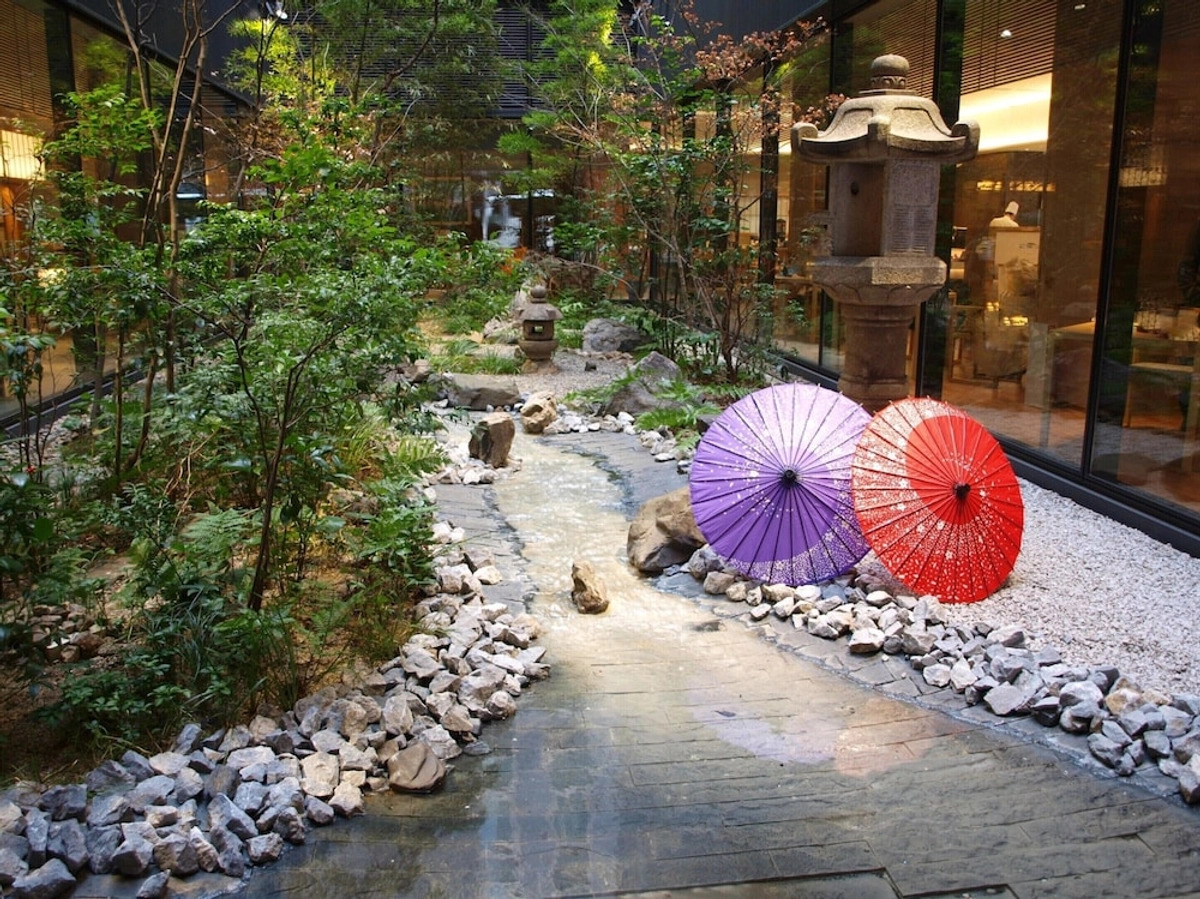



Recent Comments